When you choose a disinfectant to use, you want one that disinfects and deodorizes a wide array of surfaces. You should also be looking for a disinfectant that is “broad spectrum”
The EPA’s definition of a “broad spectrum” disinfectant is one that has public health claims for all three of the major classes of organisms.
•Bacteria – effective against gram-negative and gram-positive bacteria
•Fungi – effective against at least one pathogenic fungi
•Viruses – effective against pathogenic viruses
You should also be looking at the difference between a botanical disinfectant and a chemical disinfectant.
Chemical disinfectants
Chemical disinfectants are chemical substances which are used to kill or deactivate pathogenic microorganisms. Examples are: Chlorine and Sodium hypochlorite.
Quaternary Ammonium Compounds (Quats)
Often used for disinfection in hospital and institutional settings because of their low cost and quick action against a wide range of microorganisms. Quats can be formulated with a variety of detergents to provide both cleaning and disinfecting ability.
Chlorine Compounds
Chlorine kills an array of organisms including resistant viruses, and are highly recommended for cleaning bodily fluids. Chlorine-based disinfectants are inexpensive and have relatively quick kill times, however they can be corrosive and cause discoloration as well as irritation if not used as directed.
Alcohols
When diluted in water, alcohols are effective against a wide range of bacteria, though higher concentrations are often needed to disinfect wet surfaces. The downsides are they evaporate quickly (and thus may not remain on the surface long enough to kill), they’re flammable, and they may not be able to claim they have organic soil tolerance, meaning they may not be effective when organic matter is present.
Aldehydes
Very effective against the bacteria that cause Tuberculosis, yet they need a high part per million (ppm) ratio to be effective for disinfection. Some bacteria have developed a resistance to aldehydes, and have been found to cause asthma and other health problems. They can also leave greasy residue and must be in an alkaline solution
Phenolic Compounds
Effective against pathogenic bacteria including Mycobacterium tuberculosis as well as fungi and viruses, but also very toxic and corrosive, attacking surfaces while they attack the organisms on them.
Hydrogen Peroxide
When formulated as ready-to-use disinfectants, hydrogen peroxide-based products are viewed as being “greener” and more sustainable for the environment. This is because they break down into the naturally-occurring elements of hydrogen and oxygen. They are mildly acidic and are effective cleaners. Be aware at high concentrations they can become unstable and dangerous
Botanical disinfectants
Botanical disinfectants are:
-
Free of bleach and other harsh chemicals
-
Nonabrasive, environmentally friendly and ideal for everyday use
-
Non-corrosive so safe on all materials
-
Can be used in hazard-conscious or environmentally sensitive settings
-
Contain no chlorine, phosphates or harsh chemicals.
-
Do not require the use of personal protective equipment.
Check your plant based disinfectant to ensure that it is on the EPA N List and/or the Health Canada approved list for disinfectants that will fight COVID-19.
Check the EPA N List for approved disinfectants:
Check the Health Canada List for approved disinfectants:
Rowe services sells Bioesque plant based disinfectant that uses THYMOX which is on both the EPA N and Health Canada Lists. This will help you keep staff and customers as safe as possible. Rowe also sells electrostatic sprayers to help with application of the product.
